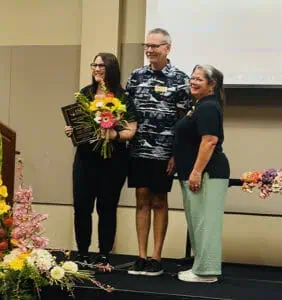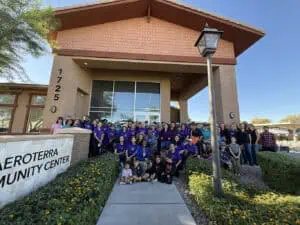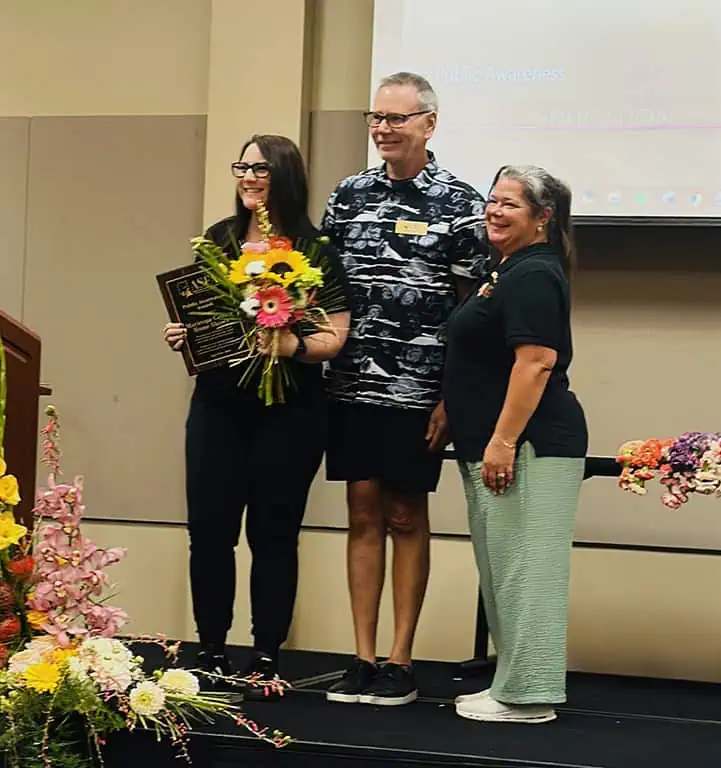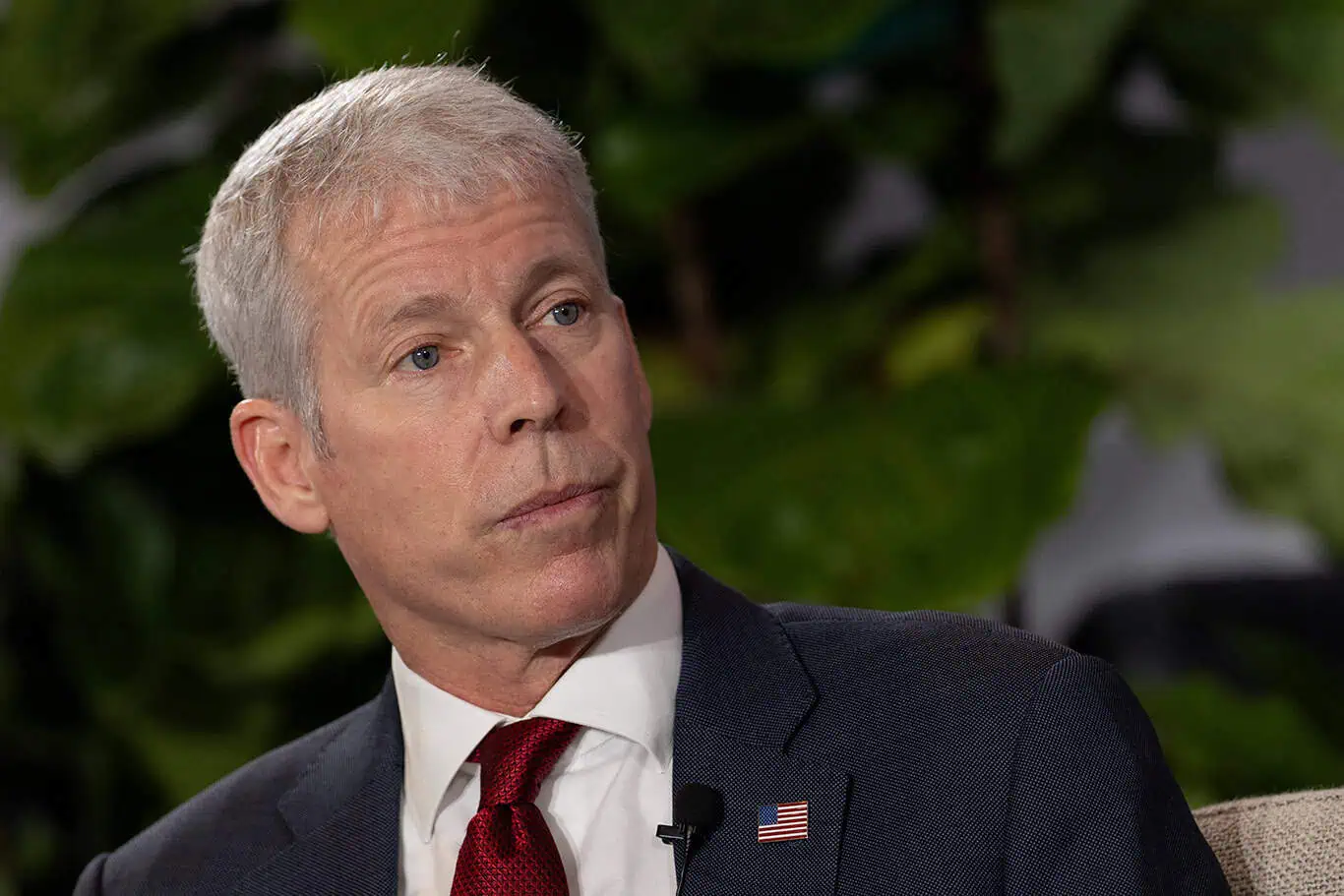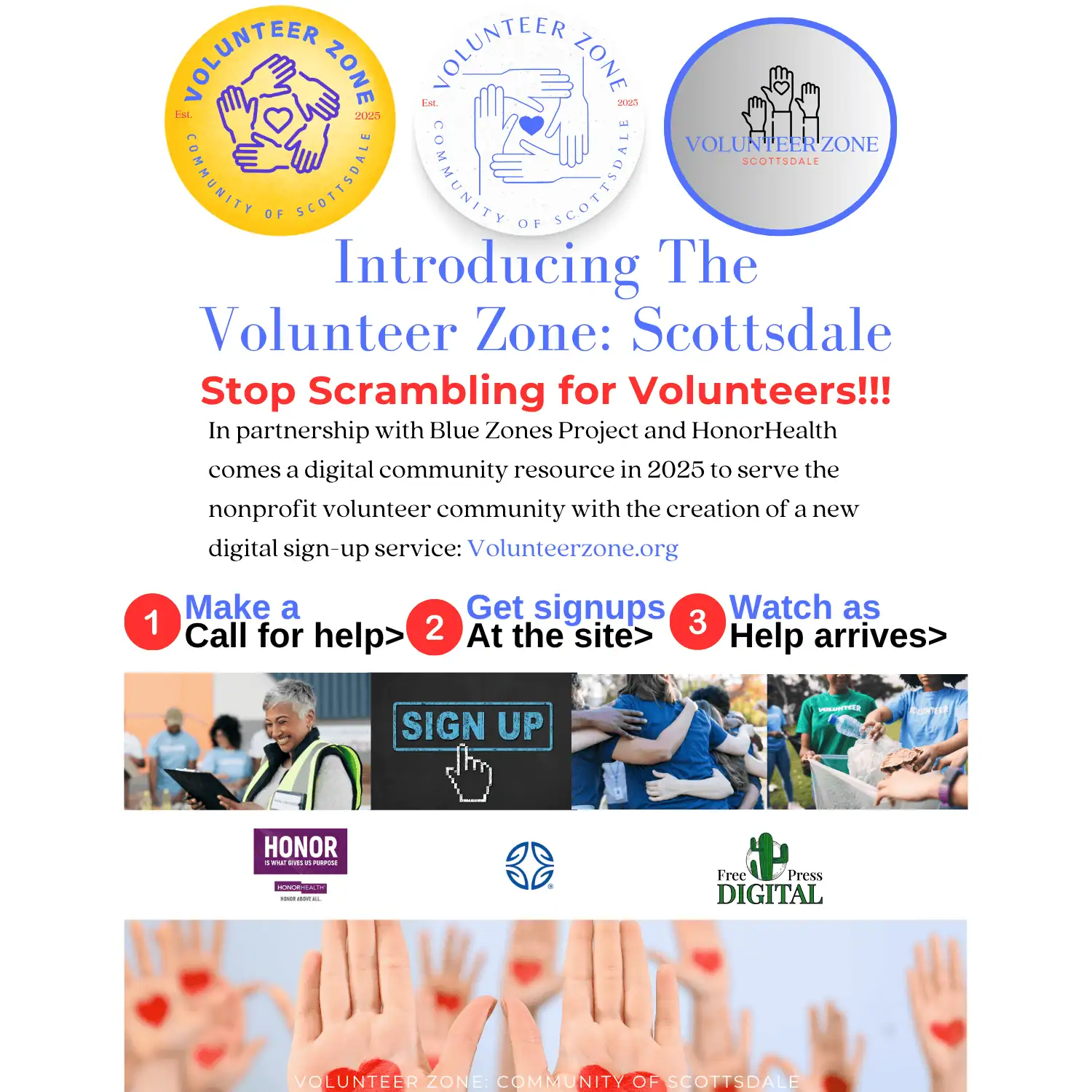
Sponsored Content | Digital Free Press
Every year, Arizona’s monsoon season brings big changes in the weather, like heavy rain, dust storms that blind you, flash floods, and power outages that happen out of nowhere.
These conditions make it much more likely that there will be car accidents and other emergencies on the road. This guide will teach you how to get your car ready, drive more safely, and deal with common dangers in the right way. We’ll also talk about Arizona’s strange laws, like the Stupid Motorist Law, and when you should get legal help. These tips and tools will help you stay safe, dry, and protected whether you are driving through the state on your way to work or on a road trip.
Getting ready for the monsoon and making plans for emergencies
It’s important to get your car ready for bad weather before the first storm hits. Monsoon rains can quickly change the state of the roads, so make sure your car is in good shape to avoid breakdowns or other dangerous problems.
List of things to check on your car
Check the whole car first. Pay close attention to these important parts:
- Tires: Check that the tread depth and air pressure are correct. Tires that are worn out are dangerous on wet roads.
- Wipers: Replace wipers that are cracked or streaked to make sure you can see clearly.
- Lights: Check the headlights, brake lights, and turn signals to make sure they are all working and can be seen.
- Belts and Hoses: Check for cracks or wear; these parts often break down in hot, humid weather.
- Brakes: Check how quickly they respond and listen for squeaking or grinding.
- Cooling System: Check for leaks in the engine seals and fan motors, and make sure the cooling system works well.
A quick check now can stop problems that could cost a lot of money or even kill you later.
Important Emergency Kit
During monsoon season, every driver in Arizona should have a well-stocked emergency kit. Add the following:
- Bottled water (at least one gallon per person)
- A battery bank or portable phone charger
- Extra batteries for the flashlight
- A first aid kit
- Reflective warning triangles or flares for the road
- Emergency blanket or rain poncho
- Snacks that won’t go bad
- A basic tool kit or a multi-tool
Put your kit in a place where you can easily get to it, like the trunk or under a seat.
How to Drive Safely in the Rain
Taking it slow and keeping your distance
Stopping distances get a lot longer when the roads are wet. Here are some things to think about:
- Slow down, even if you’re running late.
- Double the distance between you and the car in front of you.
- Don’t brake suddenly; slow down as you come to a stop or turn.
This gives your tires more traction and gives you more time to react.
Tips for headlights and visibility
It gets hard to see quickly when it rains or there is dust. Make things safer by:
- Even when it’s raining during the day, turn on your headlights, so other drivers can see you.
- Don’t use high beams in fog or rain because they make things hard to see.
- Not following big vehicles like buses or trucks too closely. Their spray can make you blind.
- Wash the inside and outside your windshield to cut down on fogging and glare.
How to Deal with Hydroplaning and Skids
When your tires lose contact with the road, you hydroplane. To deal with it:
- Let up on the gas.
- Gently steer in the direction you want to go.
- Don’t ever hit the brakes hard or jerk the wheel.
Be calm. If you respond correctly, you can usually get back on track in a few seconds.
Flood Zone Response and Dust Storm Safeguards
What to Do When There’s a Haboob or Dust Storm
If you see a dust storm coming:
- Get off the road and completely out of the way of traffic.
- Don’t use the brake pedal and turn off all the lights.
- Stay buckled and wait it out.
Driving without seeing in a dust storm can cause crashes. Stopping and staying put is safer.
Roads and washes that are flooded
Don’t drive into floodwaters; even 12 inches of moving water can sweep a car away.
The Stupid Motorist Law in Arizona lets police charge drivers for the cost of rescuing them if they knowingly drive into flooded areas.
Be aware of:
- “Do Not Enter When Flooded” signs
- Barriers close to washes or crossings with low water
- Updates on flash flood warnings in the news
If the road is underwater, don’t drown; turn around.
Help with the law if crashes happen
Even if you do everything right, accidents can still happen. If you were hurt in a crash during a monsoon storm, especially one that happened in a flood zone or where visibility was bad, getting legal advice can help you protect your rights.
You might want to get in touch with Michael Kelly Car Accident Lawyers. Their team can help you file a claim, figure out who is at fault, and get you the money you deserve.
Hazards on the Road and Tips for Getting Around
Cleaning up debris and rocks that fall
Heavy rain often makes runoff and debris that is loose, especially in hilly or desert areas.
- Don’t drive through canyon areas when it’s raining or right after it rains.
- Be careful of rocks, branches, or power lines in the road.
- Don’t go on the shoulder unless you have to.
Traffic Light Problems and Intersection Rules
Traffic lights can go out during storms. When you get to a dark intersection:
- Act like it’s a stop sign for all four directions.
- Give way to the car that gets there first or the one on your right.
- Do what a stop sign says. Don’t think that other people will give in.
Tools for Quick Reference
Safety Checklist Table: Hazard, Action to Take, and Why It Matters
| Hazard | Action to Take | Why It Matters |
| Roads are wet | Slow down and leave more space between you and others | Lowers the chance of skidding and the distance needed to stop |
| Storm of Dust | Stop, turn off your lights, and brake | Stops pileups with more than one car |
| Crossing in a flood | Turn around; don’t go into the water | Keeps you from drowning and saves money on rescues |
| Traffic Signal Not Working | Stop at all four corners | Avoids accidents and confusion |
| Stuff on the Road | Don’t drive on the shoulder; slow down | Keeps tires from getting damaged and stops accidents |
A list of things you should and shouldn’t do
Do’s:
- Before you travel, make sure to check the weather.
- Replace tires and wipers that are worn out.
- Keep emergency supplies in your car.
- Do pull off during dust storms.
Don’ts:
- Don’t go too fast in wet or flooded areas.
- Don’t ignore signs that say the road is closed.
- Don’t drive on roads that are covered in water.
- Don’t follow too closely when it’s raining hard.
In Conclusion
If you’re ready, driving in Arizona’s monsoon season doesn’t have to be dangerous. Keep your car ready for storms, drive slowly when conditions are bad, and never underestimate how strong water or wind can be. Follow all four-way stop rules at intersections, respect road closures, and pull over when you can’t see well. Before you leave, take a quick look at the checklists and tables above. If you do get into an accident, call trusted professionals like Michael Kelly Car Accident Lawyers — one of the personal injury firms that can help protect your rights and support your recovery.












